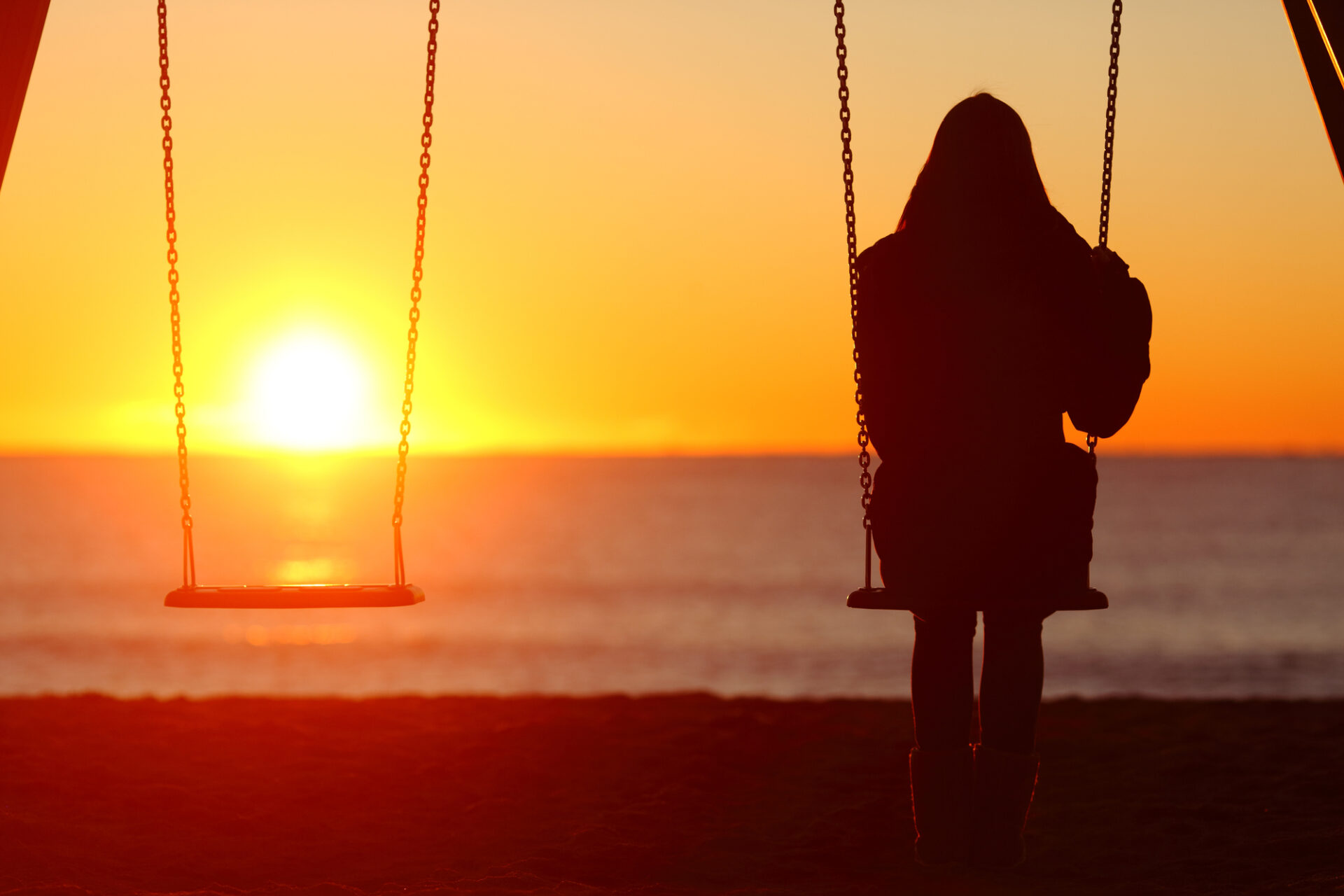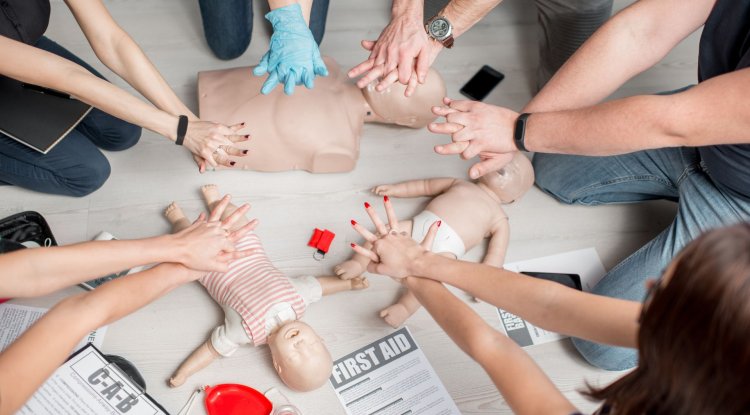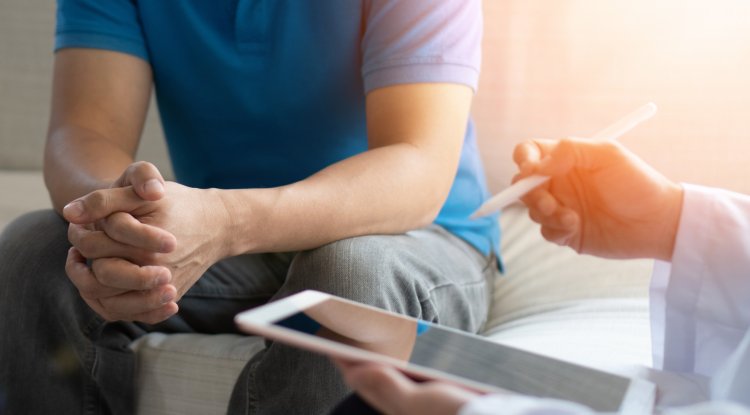I’m So Lonesome I Could Cry: The Hidden Health Toll of Loneliness
You only need to hear the first few chords of Hank Williams’s I’m So Lonesome I Could Cry to feel that ache that hangs somewhere between your ribs and your throat. His voice wavers, the whippoorwill too blue to fly, the midnight train moaning in the dark. It’s the sound of a human being admitting something we all know but rarely name: loneliness isn’t just sadness. It’s something deeper, a weight that seeps into the body itself.

Science, in its quiet, methodical way, has caught up with what Williams already knew in melody. Loneliness, it turns out, is not just an emotional bruise. It’s a physiological state that reshapes the brain, the heart, even the immune system.
In the United Kingdom, the epidemic became so widespread that the government appointed a Minister for Loneliness. Surveys revealed that hundreds of thousands of people hadn’t spoken to a friend or relative in a month. Imagine thirty days of silence. That isn’t just solitude. That’s a kind of starvation.
The Body Keeps the Silence
We are built to belong. Our survival is dependent on other people from the moment we breathe; we need someone to hold us, feed us, and keep us warm. That demand is never forgotten by the body. It perceives the loss as a threat when the link wanes. Blood pressure increases, stress chemicals churn, and the pulse quickens. Despite its emotional aspects, loneliness has deep biological roots.
Long-term isolation raises the risk of heart disease, dementia, cognitive decline, and possibly early mortality, according to study after study. According to some research, those who experience loneliness on a regular basis have a 26% increased risk of dying.
Sleep becomes fragmented, inflammation rises, immunity weakens. Even strokes hit harder and recovery takes longer.
In other words: loneliness isn’t simply unpleasant, it's toxic.

As far back as 1988, social isolation was recognized as being as deadly as smoking or obesity. And the numbers have only worsened. An AARP survey found that more than a third of adults over 45 described themselves as lonely. Two years later, that number rose to 40%. Many said they had fewer friends than just five years before. That’s how loneliness grows quietly, invisibly, until it becomes a fixture.
The Weather Inside the Brain
With modern imaging, scientists can now watch loneliness unfold inside the brain. The same neural circuits that register physical pain light up when someone feels excluded or unseen. The mind doesn’t differentiate between a broken heart and a broken bone.
Loneliness also leaves structural fingerprints:
Reduced gray matter in regions responsible for social understanding and empathy.
Lower activity in networks that allow us to imagine what others are thinking or feeling.
Heightened amygdala responses, meaning the brain grows jumpier, more alert to perceived threats.
It’s no wonder chronic loneliness breeds anxiety and suspicion. When connection feels unsafe or uncertain, the brain stays on edge. One neuroscientist called it “bad weather in the brain” , an apt description of the fog that rolls in when we’ve been alone too long.
The Hormones of Disconnection

Loneliness doesn’t stop at the skull. The HPA axis, the delicate feedback loop linking the hypothalamus, pituitary, and adrenal glands, begins to misfire. Stress hormones like cortisol surge, flooding the bloodstream. At the same time, levels of oxytocin, the hormone that bonds us to others drop.
Other key molecules such as BDNF, which supports neuron growth, and allopregnanolone, which calms the nervous system, also decline. The body, in a sense, loses its ability to self-soothe. It’s as if every cell begins to crave what the heart has been missing.
The Cure That Isn’t a Pill
So what do we do with all this? If loneliness is both emotional and biological, what kind of medicine can reach it?
The answer is deceptively simple: people.
Sigmund Freud once told a story about a small boy who was terrified of the dark. The child said he wasn’t afraid when someone spoke to him, because “when someone speaks, it gets lighter.” It’s hard to imagine a more precise description of connection words as light. Presence as medicine.
You don’t have to join a crowd to find it. Sometimes healing begins with something modest:
Sitting in a library just to be near other breathing bodies.
Volunteering at a food bank or hospital.
Joining a walking group, a faith circle, or even a local class.
Calling an old friend for coffee not to fix anything, but simply to show up.
Even one meaningful relationship can dramatically reduce the health impact of loneliness. A single conversation can remind the body that it’s not abandoned.
And if connection still feels unreachable, that’s when therapy can help not as a last resort, but as a way to rebuild the bridge from isolation to belonging.
A Gentle Truth
Loneliness has always been part of being human. We can’t banish it; it’s woven into our nature, a shadow cast by consciousness itself.However, what is new and risky is how commonplace it has become. We are surrounded by people but deprived of touch because of our lifestyles, which are increasingly mediated by screens and distances.
The solution remains the same, though: connect, listen, and talk. to remind us that we were made to be friends, have fun, and look out for one another.
Hank Williams, in his trembling voice, said it first and best:
Listen to that lonely whippoorwill. His voice is too blubbery to fly.
What's Your Reaction?




















